Global Expansion Strategies for FinTechs in Emerging Markets: A Playbook for Leaders
2nd August 2025
.jpg) The Future of Payments: Trends Reshaping Transactions in 2025
The Future of Payments: Trends Reshaping Transactions in 2025
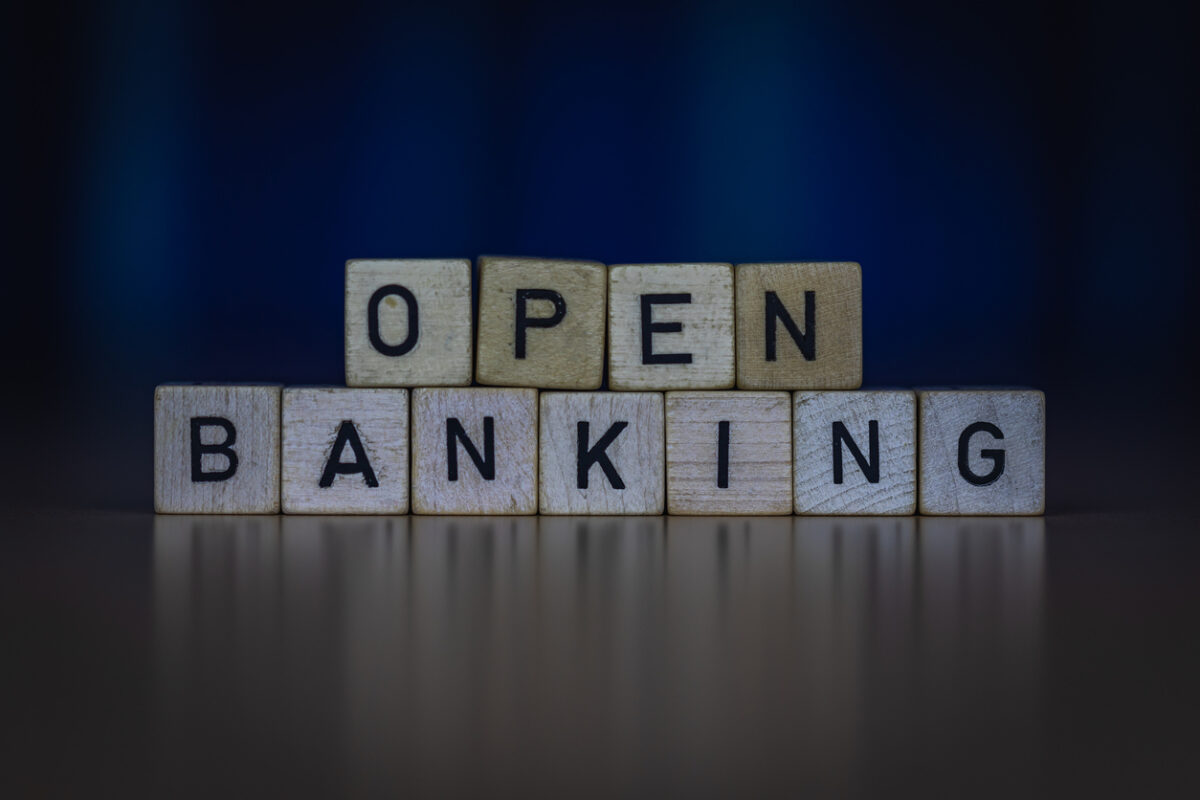 How Open Banking is Shaping Financial Services Globally
How Open Banking is Shaping Financial Services Globally
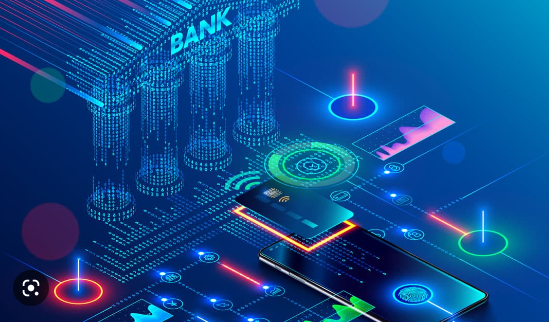 What the Future Holds for Digital-Only Banks: Navigating the Next Era of Banking
What the Future Holds for Digital-Only Banks: Navigating the Next Era of Banking
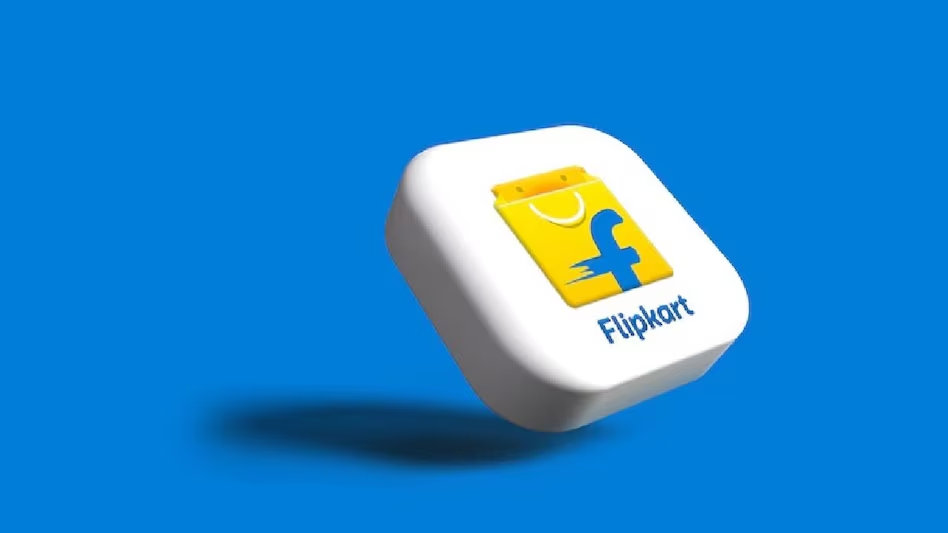 Flipkart Gets a Lending Licence: A Bold Leap into Embedded Finance
Flipkart Gets a Lending Licence: A Bold Leap into Embedded Finance
 The Impact of 5G on Fintech Services
The Impact of 5G on Fintech Services
 The Evolution of Fintech Regulation: What’s Next?
The Evolution of Fintech Regulation: What’s Next?
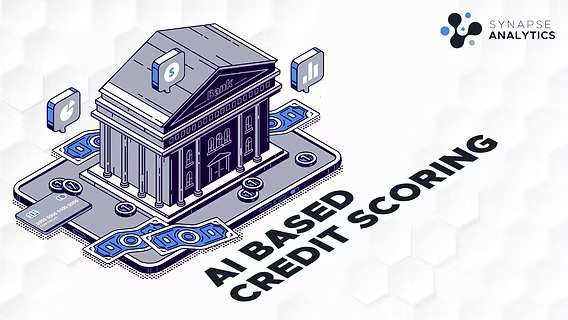 How AI is Transforming the Credit Scoring System
How AI is Transforming the Credit Scoring System
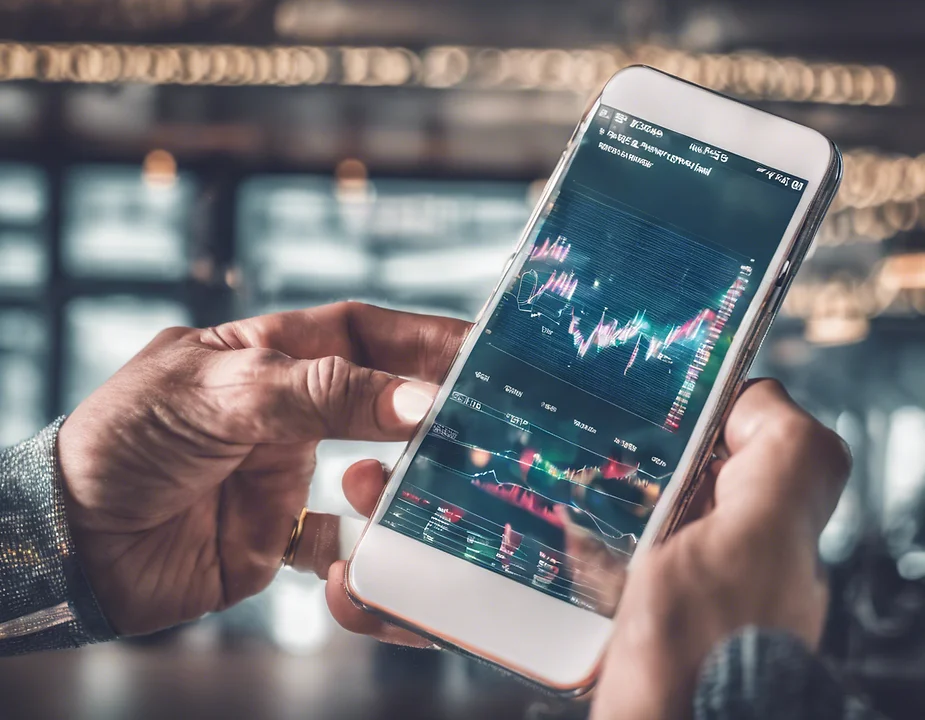 Top Fintech Innovations Shaping 2025: The Future of Finance
Top Fintech Innovations Shaping 2025: The Future of Finance
 QR Codes and the Cashless Leap: Transforming India's Financial DNA
QR Codes and the Cashless Leap: Transforming India's Financial DNA
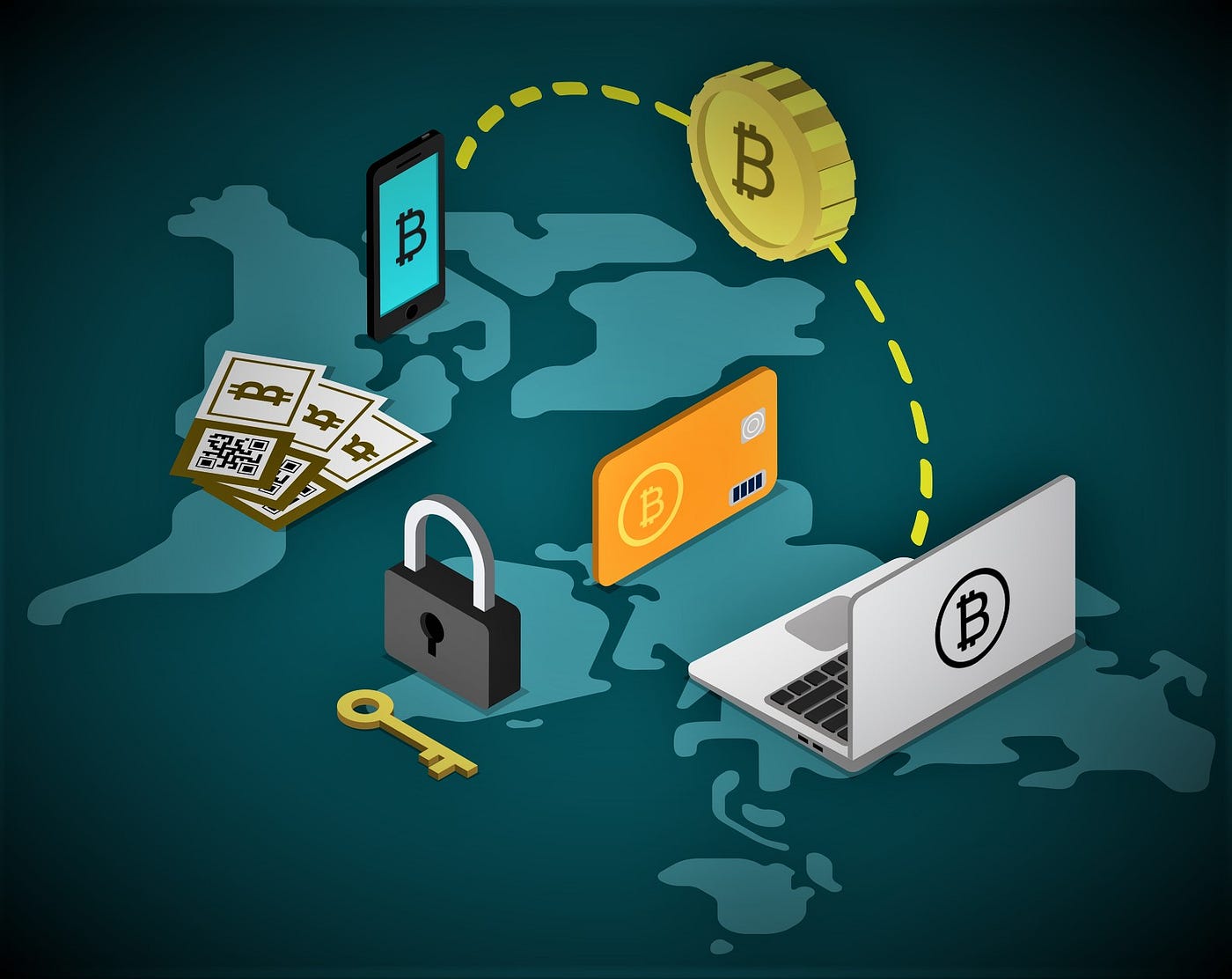 The Role of Cryptocurrencies in Cross-Border Payments
The Role of Cryptocurrencies in Cross-Border Payments
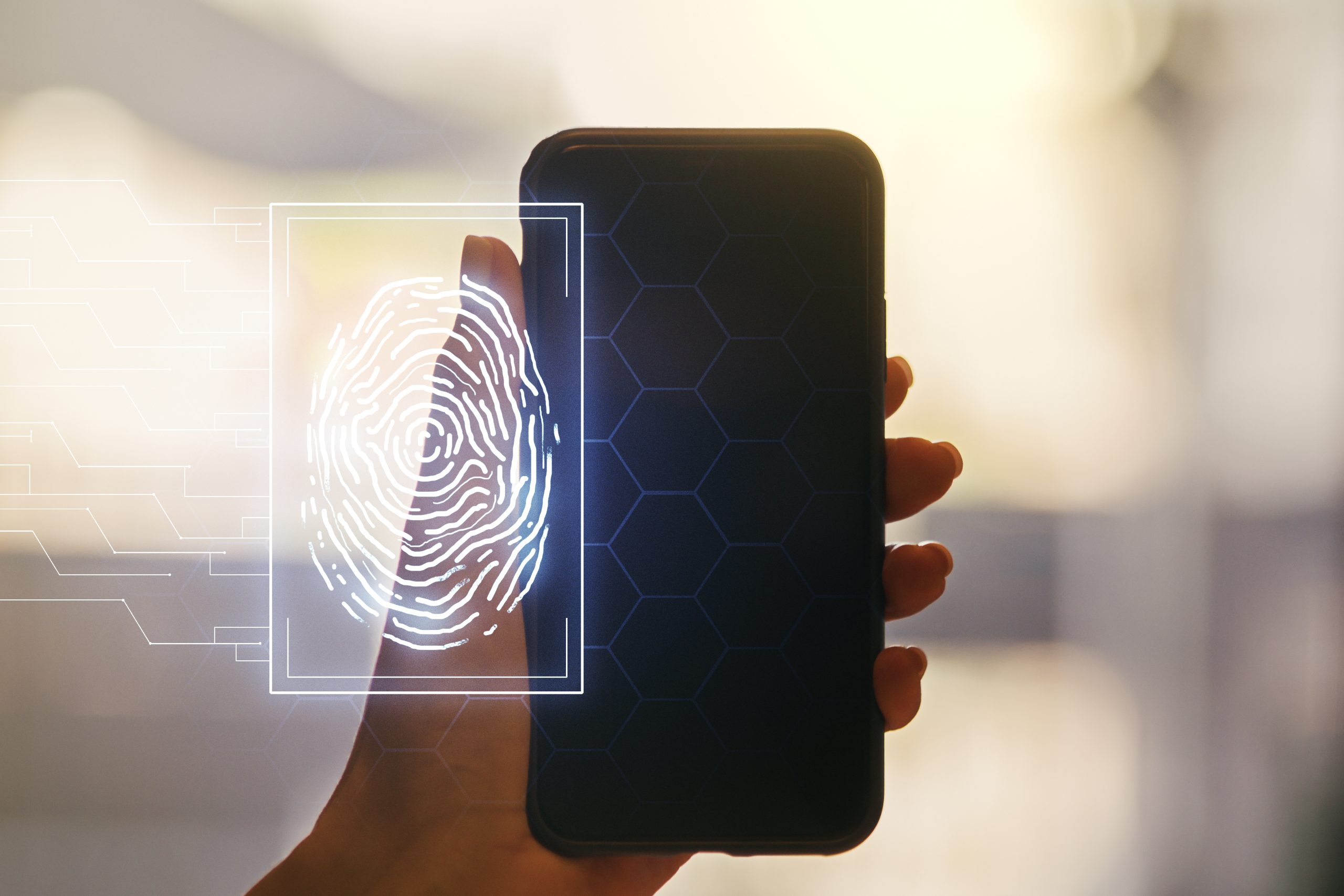 Biometric Payments: The Next Big Trend in Secure Transactions
Biometric Payments: The Next Big Trend in Secure Transactions
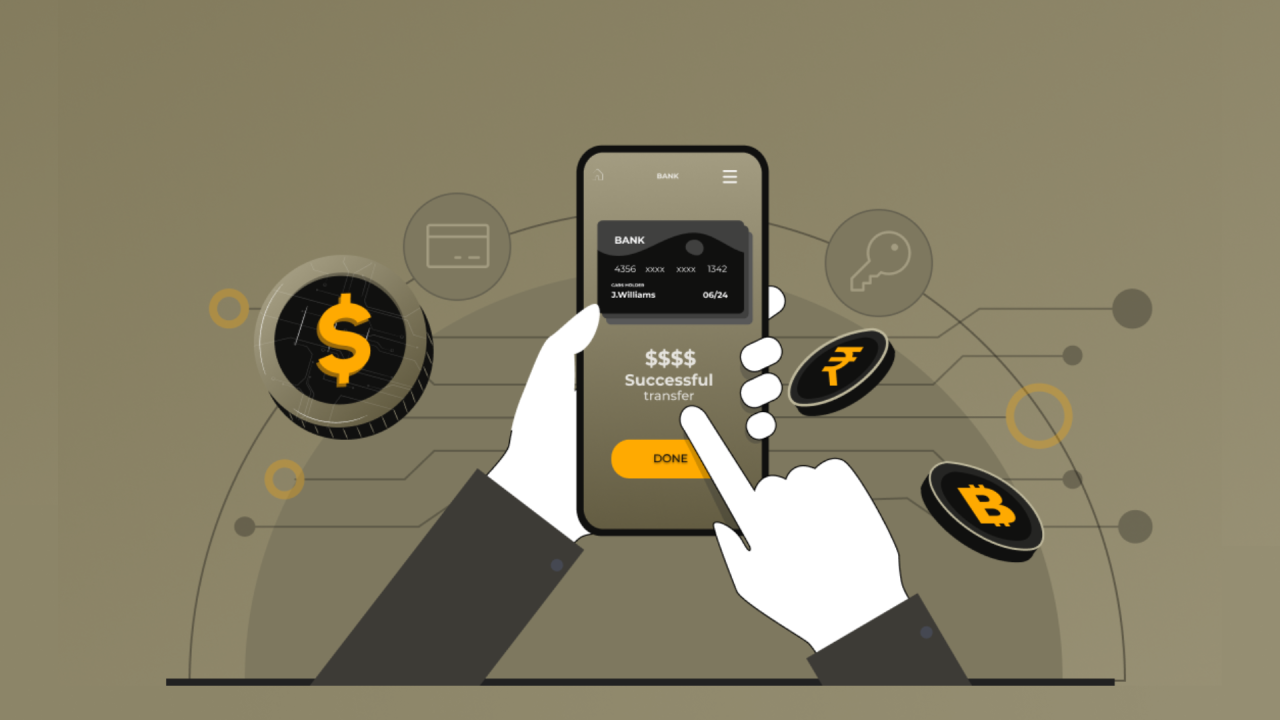 The Rise of Contactless Payments: Benefits and Security Concerns
The Rise of Contactless Payments: Benefits and Security Concerns


09 April 2025
3 min read
233
In the last few years, QR (Quick Response) code payments have gone from a niche digital option to a mainstream mode of transaction—especially in India. From small roadside vendors to rural kirana stores, QR code adoption has transformed how millions access financial services. As a low-cost, contactless, and user-friendly solution, QR code payments are rewriting the rules of the financial ecosystem.
QR codes are scannable images that allow customers to initiate payments using their mobile phones and digital wallets. Their simplicity and accessibility have made them a perfect fit for India’s massive, diverse, and often underbanked population.
According to a recent report covered by The Economic Times, UPI-based QR codes have now become the top payment mode in rural and semi-urban India. In fact, over 50% of QR code transactions originate from Tier 2, 3, and rural regions. This signals a significant shift toward financial inclusion, enabled by digital tools.
Low Infrastructure Costs: No need for card machines or expensive POS systems—just a printed QR code.
Contactless & Convenient: Perfect for a post-pandemic world, QR codes allow instant, hygienic transactions.
Seamless UPI Integration: India’s UPI (Unified Payments Interface) makes transactions real-time, secure, and user-friendly.
No Need for Internet: Solutions like UPI 123PAY enable QR-based transactions even for feature phones with minimal connectivity.
As per a blog by Evolute, QR payments are also highly scalable for merchants. With zero MDR (merchant discount rate) in many cases and instant settlement options, businesses of all sizes are eager to adopt this system.
Behind every scan is a set of powerful integrations—UPI, Aadhaar-based verification, mobile wallets, and interoperable banking rails. According to NPCI, dynamic QR codes, which are generated per transaction, are becoming more prevalent for enhanced security and traceability. Static QR codes remain common for small, repeat transactions like in local stores or transport.
Government-backed initiatives and fintech collaborations have led to the widespread deployment of QR code-based payment systems. NPCI’s Bharat QR and UPI QR initiatives have paved the way for a truly interoperable and inclusive digital payment infrastructure.
Fintech players are not only enabling but accelerating the QR payment boom:
Integration with POS systems and inventory tools for small merchants
Onboarding solutions for informal vendors and gig economy workers
AI-driven analytics for tracking customer behavior and payment patterns
Instant loan approvals based on QR transaction histories
QR code payment data also acts as a new form of "digital credit footprint," empowering previously unbanked or underbanked individuals to access formal financial services.
Looking ahead, QR code technology is likely to evolve in the following ways:
Cross-border QR compatibility for seamless global transactions
In-app QR solutions embedded in social commerce platforms
Offline QR transactions with encrypted tokens
Voice-enabled and biometric-secured scans for broader accessibility
With continued investment in digital literacy and infrastructure, QR codes will remain a crucial bridge between India’s digital ambitions and financial inclusion goals.
Conclusion
QR code payments have done more than just digitize money—they’ve democratized access to it. By blending simplicity, security, and scalability, QR codes are at the heart of India’s digital payment revolution. For fintech players, regulators, and consumers alike, this is just the beginning of a smarter, more inclusive financial future.
Read Next
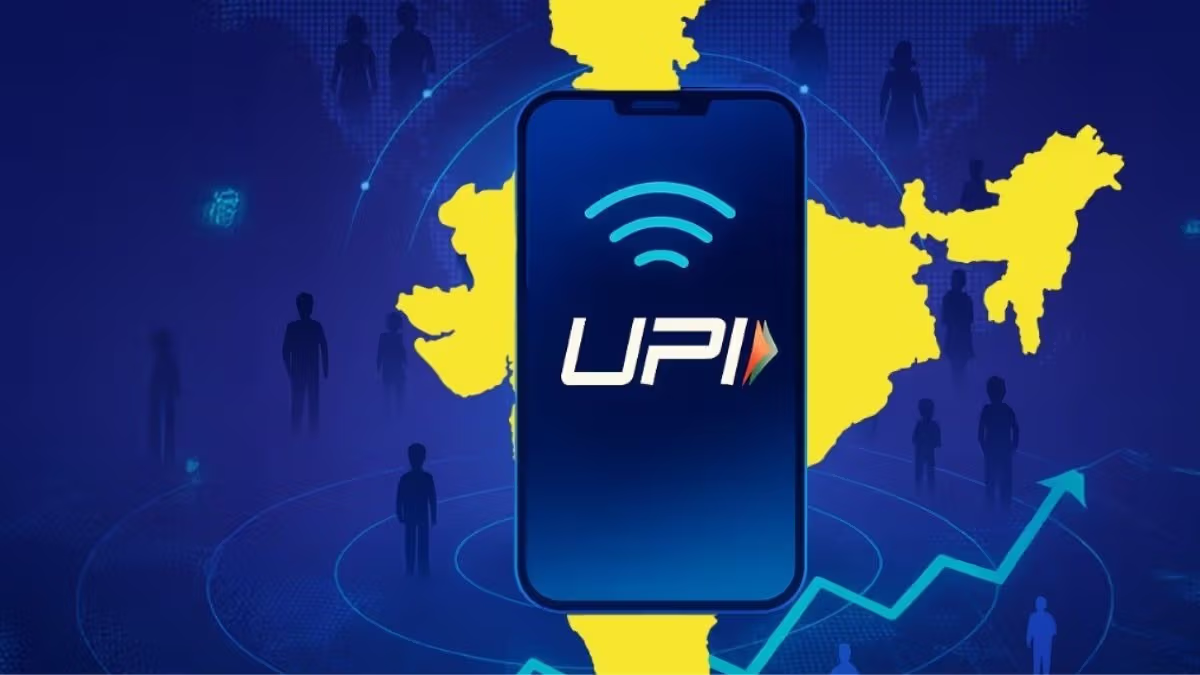 News
News
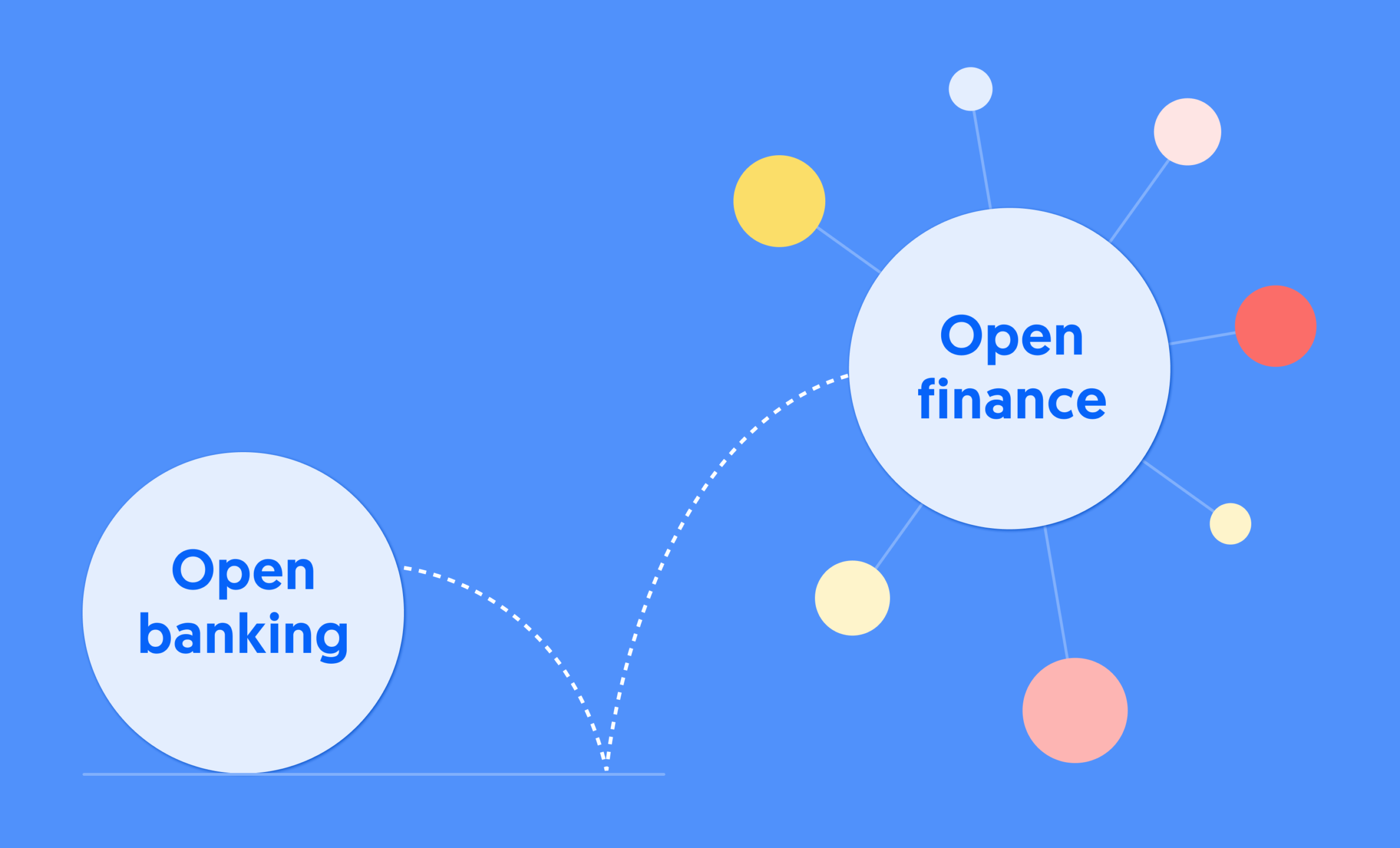 Blog
Blog
 Analysis
Analysis
 Blog
Blog
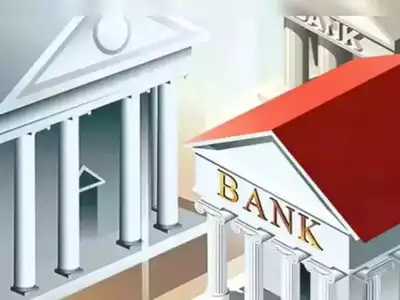 News
News
 Blog
Blog
Live Polls
Live Discussion
Topic Suggestion
Whom Do You Wish To Hear
Sector Updates
Leave your opinion / comment here